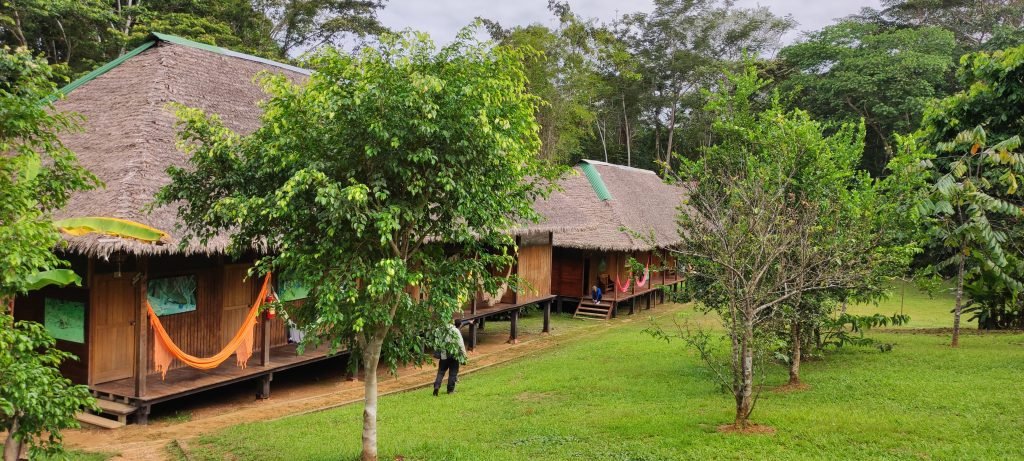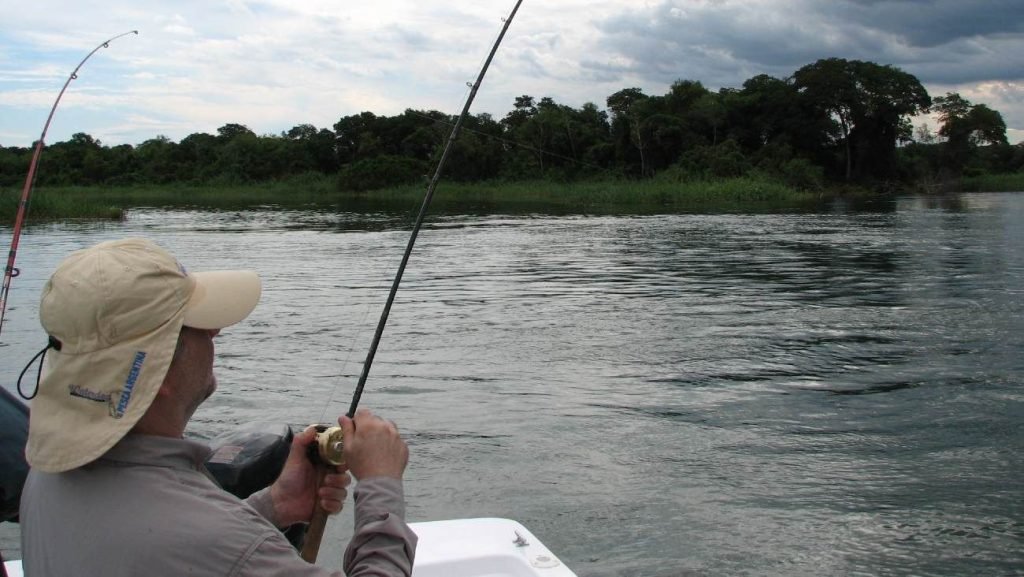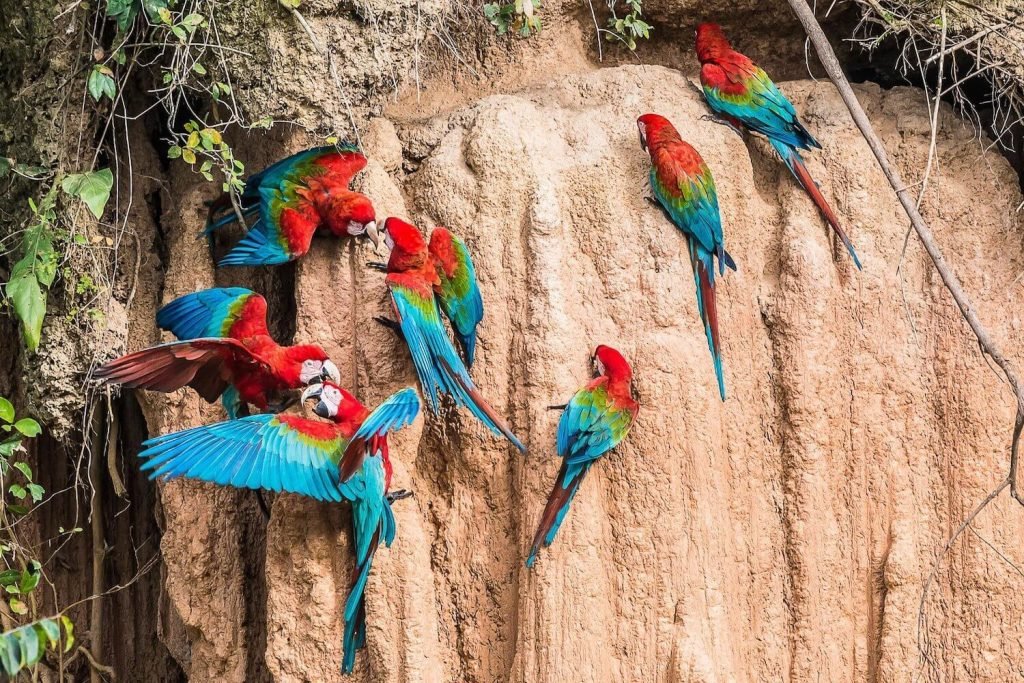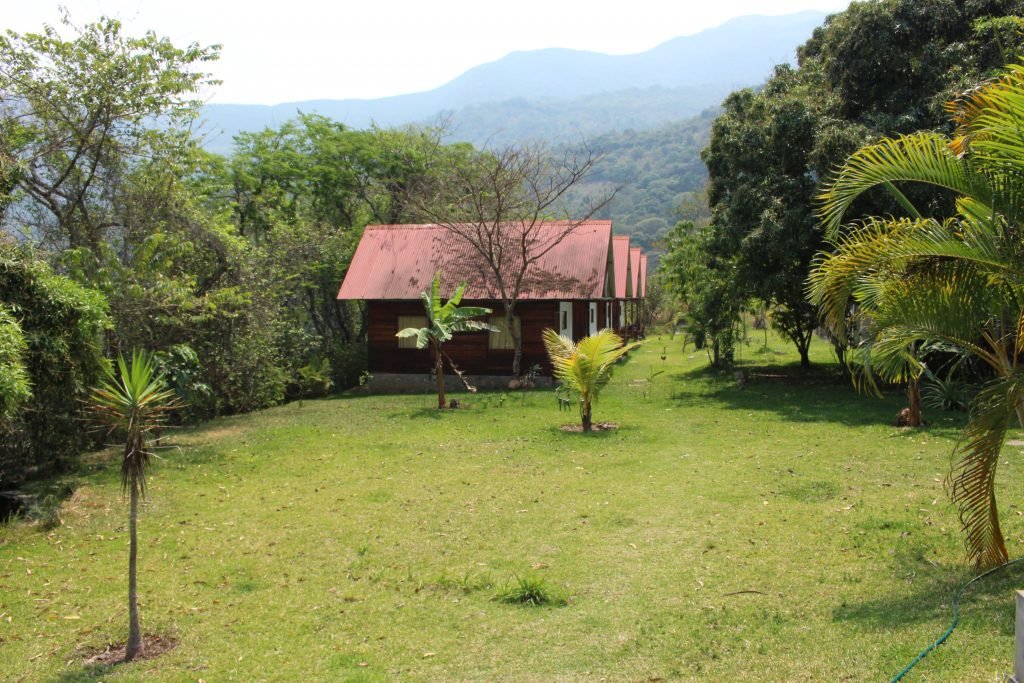What to expect on my visit to the Amazon rainforest?
Two-thirds of Peru’s territory is classified as Amazon rainforest, and there are several popular entry points. One of them is Puerto Maldonado, in Madre de Dios, just a short flight from Cuzco.
It is normal that, if it is your first time visiting the Amazon rainforest, you do not know what to expect from the accommodations that will welcome you, that is why we wrote this article, below you will see the conditions in which these famous and comfortable lodges are built in the middle of the Amazon to help you have a clearer idea of what they offer as well as to help you make a better decision regarding your needs, comfort and budget. While our goal is to give you a brief description of the function and possibilities that these lodges have, you should look at each lodge’s page to see what amenities they offer individually.
LOCATION:
When choosing a lodge, always research its location as lodges are typically defined by their location. Thus, the more remote the lodge, the greater the chances of seeing rarer species such as felines, but the cost will be somewhat more expensive, due to additional logistical costs.
Lodges located near national parks, such as Tambopata or Bahuaja-Sonene, or even located within large private reserves, have advantages over those located in unprotected areas or near urban areas, as they have a greater diversity and density of wildlife as well as better preserved wildlife.
TAMAÑO:
Due to their location in remote areas of the jungle and the need to maintain a low footprint, all Amazonian lodges in Peru are considered “small” by hospitality standards. However, there is obviously a difference between a 6-room lodge and a 30-room lodge. In the former, if you have a double room, the accommodations can be very small.
In the former, if you are gregarious, it is easy to see and get to know the other guests and much of the staff.
Conversely, there is only a small group of people to spend time with, especially if the lodge is not full, and you may not like to be thrown together with travelers with whom you have little in common.
Also, in a small lodge, there may not be enough English-speaking visitors to have an English-speaking guide, so the guide’s descriptions may be in both Spanish and English, which can be a bit frustrating.
Conversely, in a larger lodge, there is inevitably a bit more anonymity, but the chances of finding kindred spirits among the other guests increase.
SERVICES:
Staying in a lodge surrounded by Amazon rainforest puts visitors in close contact with Amazon nature. You feel the presence of the ecosystem around you and, at night, hear the sounds of the nocturnal jungle world. A stay in an Amazon lodge allows you to feel part of the natural cycle of sleeping at dusk and rising at dawn.
But you can choose the extent to which you want to live a “close to nature” experience. In some lodges, accommodations are similar to a hotel room, with air conditioning, 24-hour electricity and hot water, and maid service.
In addition, some of them have a swimming pool, which can be especially interesting for those traveling with children.
At the other end of the spectrum, there are more rustic lodges whose rooms are wooden cabins, with mosquito nets for the windows, one or more beds, ceiling fan and lighting provided by candles or lanterns.
So, it is important to consider which comforts you can do without and which you can’t when choosing a lodge, be very careful with it because due to the policies of ecotourism and sustainability the energy available in these lodges is limited to a few hours of the day.

GUIDED:
In an area of enormous biodiversity such as the Amazon rainforest, it is vital to have a good naturalist guide with the knowledge, enthusiasm and language skills to bring the flora and fauna to life.
While it is not possible to know the relative merits of all guides working in the Amazon, there are lodges known for investing more in training their staff. These tend to be at the higher end of the price scale, so if you wish to have the best in general in the services provided, try to invest a little more in your accommodation.
ACTIVITIES:
You should know that many lodges include in their rates a wide variety of excursions and activities along the Amazon:
- Boat safaris in search of wildlife to observe, especially birds.
- Walks along trails deep in the jungle to examine the rainforest flora and the daily behavior of insects.
- Fishing for piranhas and other small fish species with rudimentary handmade equipment.
- Visits to riverside villages, probably with the option of a stop at the local school, to experience and live daily Amazonian life.
- Night walks around the lodge, looking and listening for bats, birds, amphibians and nocturnal arachnids.

However, there are activities that are specific to one or a few lodges. This usually depends on their strategic location within the rainforest.
- Canopy or observation towers / walkways: more than 50% of the biodiversity of the Amazon rainforest is found in the foliage of the treetops, which is why it is worth climbing to high altitude to contemplate this unique and magnificent facet of the rainforest.
Several lodges have built towers or bridges between the trees, which offer wonderful views and bird watching. A couple of lodges have gone a step further and offer the possibility of sleeping in a tree house. - The kollpas (collpas): the banks of some Amazonian rivers, especially in the Tambopata region, attract various species of birds and mammals, which eat the clay to benefit from the minerals it contains and supplement their diet.
If you want to see macaws, parrots and parakeets by the hundreds, a tapir or a herd of peccaries, the kollpa is a must. Many lodges have built blinds to better see the animals, without disturbing them in their daily activities. - Cochas: they are often home to giant river otters and, in general, wildlife that is easy to observe abounds.
- Adventure activities:
- Camping: several lodges offer a night under canvas in the jungle as part of longer itineraries. This is a great way to experience the Amazon in its purest form, immersed in its sights, sounds and smells. It is not suitable for nervous people, although guides set up tents, prepare food and are present at all times.
- Kayaking: gentle paddling on a serene Amazonian lake is a wonderful way to enjoy the flora and fauna. Carefree and peaceful.
- Zip line
- Mountain biking
- Rafting
- Yoga: many claim that the Amazon rainforest has a unique energy, derived from the large number of trees and the oxygen they generate.
Lodges often have a common space (maloka) ideal for yoga classes. However, they rarely provide an instructor; instead, yoga specialists reserve a lodge (or part of it) for certain times of the year, with a guest guru to lead classes. In this way, visitors can join these groups.






